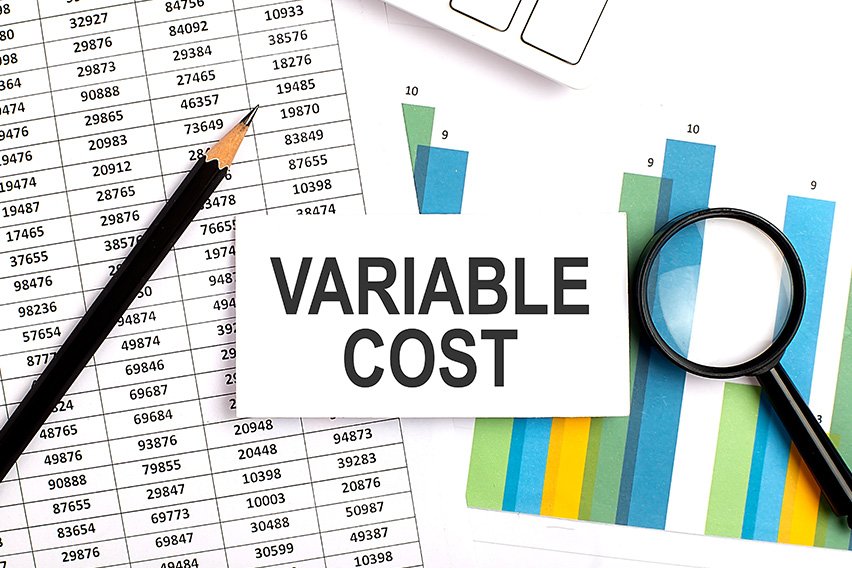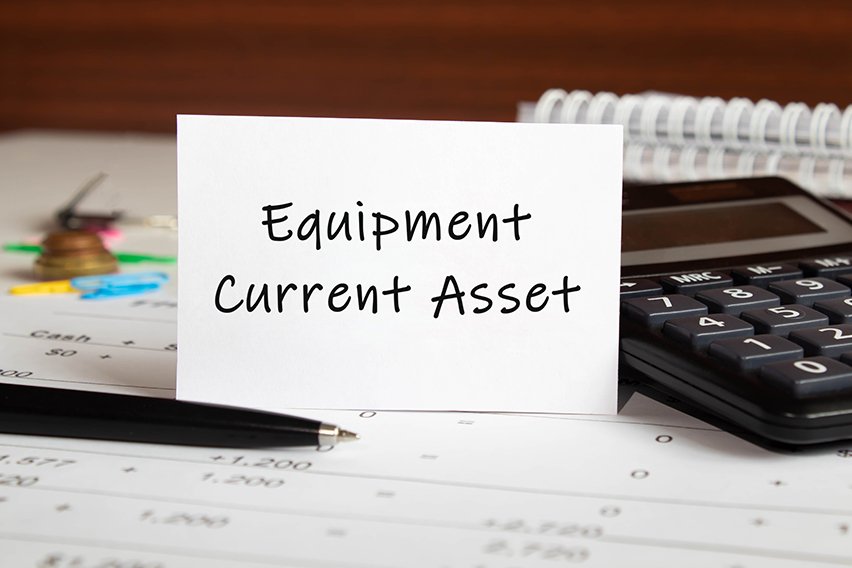What is a Cash Flow Statement? Definition and Importance

A cash flow statement documents in detail all company income and debt over a specific period of time. It reflects the short-term viability of a company by indicating whether it has enough cash on hand to pay its employees and debts. If it does, then the company is considered to have a “positive” cash flow.
Here’s What We’ll Cover:
How Do You Calculate Cash Flow?
How Is Cash Flow Different from Income Statement?
Why Cash Flow Statement Is Important

Types of Cash Flow
The cash flow statement (also referred to as a “statement of cash flows”) is broken down into three sections:
Operating Activities
Cash flow operating activities are the costs directly associated with the production and sale of a company’s product, and the income generated by those sales. These costs include:
- Purchase of raw materials
- Building Inventory
- Advertising
- Payments to vendors
- Payroll and employee benefits’ payments
- Dividends from company investments
- Interest received or payed
- Income taxes & deferred taxes
- Income from sales of products or services
- Depreciation and amortization
- Sale of non-current assets
Investing Activities
Investing Activities in accounting refers to cash spent on:
- Long term investments (for example, purchase or sales of stocks and bonds)
- Properties and equipment (purchases or sales of)
- Loan payments (but not interest. Interest on bank loans would go under ‘Operating Activities’ above)
- Money loans
- Costs related to payments for merger and acquisitions
Although a business can generate cash flow by selling properties and equipment, those specific costs are not an indication of a profitable business.
Financing Activities
Financing activities refer to:
- Incoming cash from investors and shareholders
- Incoming cash from issuing debt (for instance, bonds)
- Outgoing cash in the form of dividends
- Repurchasing of stock
- Proceeds from employees exercising stock options
- Capital lease (a large expense, such as a building that is being accounted for over a number of years).
How Do You Calculate Cash Flow?
There are two methods to calculate cash flow. Each have a different approach to the way “Operating Activities” are calculated.
Cash Flow Calculation: Direct Method
The accounting department of a company adds up all payments and receipts.
This is the universally recommended way to calculate cash flow because the expenses and income are so detailed. That detail can help a company to better make financial decisions.
Cash Flow Calculation: Indirect Method
The accounting department takes net income and then makes adjustments to remove costs related to non-operating activities.
This is considered an easier method to calculate than direct, because of the way accounting departments typically record transactions.

How Is Cash Flow Different from Income Statement?
An income statement is concerned with revenues, gains, expenses and losses in both the operating and non-operating activities of the business during a specific period of time. It does not deal directly with cash.
A cash flow statement is concerned with showing the cash coming in and going out of a business as it relates to operating, investing and financing activities – also during a specific period of time.
Is Cash Flow a Profit?
Cash flow is not profit.
Profit is what a company has left over after all expenses have been paid.
Cash flow is the available cash a company has on hand at any given time (which is based on income and expenses). A cash flow statement will indicate whether a company is viable, meaning it can continue operating and making profits.
Why Cash Flow Statement Is Important
If a company is able to continuously generate more cash (than it is spending), then it can use that cash to:
- Increase size of dividend payments to investors
- Attract shareholders
- Reinvest in the business
- Buy stock
- Reduce Debt
- Acquire other companies
A cash flow statement is considered to be one of the four most important financial statements a company can generate when doing a financial analysis, the other three being:
- Balance sheet
- Income statement
- Statement of Changes in Equity
RELATED ARTICLES

 Fixed Cost: Definition, Formula, and Examples
Fixed Cost: Definition, Formula, and Examples Variable Cost: Definition, Formula, and Examples
Variable Cost: Definition, Formula, and Examples What Is Cost Accounting? It’s Cost Control
What Is Cost Accounting? It’s Cost Control Financial Accounting: Meaning, Principles, and Importance
Financial Accounting: Meaning, Principles, and Importance Is Equipment a Current Asset? No, It’s a Noncurrent Asset
Is Equipment a Current Asset? No, It’s a Noncurrent Asset What Is Amortization?
What Is Amortization?